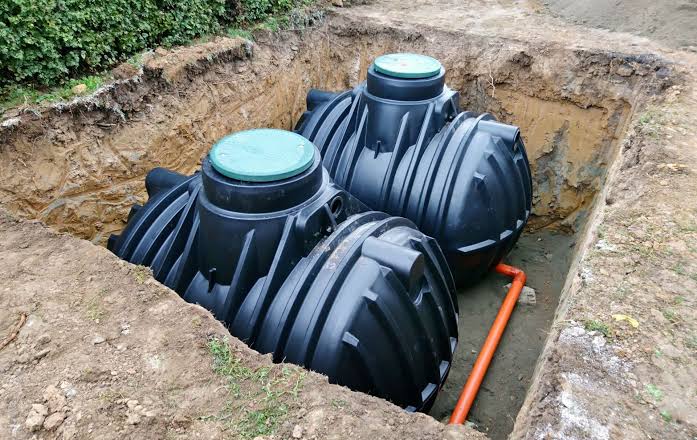Proper maintenance of a septic system is vital for homeowners, especially in areas where the natural environment significantly impacts daily living. Regularly pumping and maintaining your septic tank is crucial for extending the system’s lifespan and ensuring the safety of your home. This guide explores the necessary frequency for septic tank pumping and highlights the warning signs to watch for to avoid expensive repairs.
Understanding Septic Systems
Before delving into the details of septic tank maintenance, it’s crucial to grasp the concept and function of a septic system. A septic system is an underground wastewater treatment setup typically employed in areas without centralized sewer services. It utilizes a blend of natural processes and established technology to treat wastewater from household plumbing, including bathrooms, kitchen sinks, and laundry facilities.
The Importance of Regular Septic Tank Pumping
Septic tank pumping is an essential maintenance task that prevents sludge and scum from escaping the tank and clogging the drainage system. Without regular pumping, the system may back up, resulting in hazardous situations and costly repairs. Routine maintenance by professionals in septic tank services ensures efficient system operation and can significantly extend its lifespan.
How Often Should You Pump Your Septic Tank?
The frequency of septic tank pumping is influenced by several factors, including tank size, household size, and wastewater volume. Typically, a septic tank should be pumped every three to five years. However, this can vary; smaller tanks or larger families may necessitate more frequent pumping. Consulting a septic tank service in Park City is recommended to establish the optimal schedule for your specific requirements.
Signs That Your Septic Tank Needs Pumping
- Slow Drains: If your sinks and bathtubs start draining slowly despite being clean, it could indicate that your septic tank is nearing capacity.
- Unpleasant Odors: Foul sewage odors around the tank area or in your yard can be a tell-tale sign that your septic tank needs immediate attention.
- Sewage Backup: One of the most obvious and alarming signs is sewage backing up into your household drains. This is an emergency and requires immediate action.
- High Nitrate Content in Well Water: If you rely on well water, regular tests might show increased nitrate levels, suggesting that your septic tank is leaching into your water supply.
Maintenance Tips to Extend the Life of Your Septic System
- Regular Inspections: Regular inspections by skilled septic service professionals can identify problems early, preventing them from becoming severe.
- Conserve Water: Reducing your overall water usage can decrease the water flow into the septic system, thereby extending its life.
- Proper Waste Disposal: Never flush chemicals, non-biodegradable materials, or cooking oils down the drain as they can disrupt the bacterial balance necessary to decompose wastes in the septic tank.
Choosing the Right Septic Service Provider
When choosing a service provider for septic tank pumping, it’s crucial to select a company with extensive experience in handling various system types. Seek out companies with positive reviews, appropriate licensing, and a transparent approach to pricing and service offerings.
Conclusion
Routine maintenance, such as regular pumping, is crucial for a healthy septic system. Septic systems work by breaking down organic matter, and over time, sludge and solid waste can accumulate, leading to potential blockages and malfunctions. By adhering to the suggested schedule for pumping, homeowners can avert unwanted emergencies like sewage backups or system failures. This proactive approach ensures your system operates effectively for years, minimizing costly repairs and disruptions. Caring for your septic tank goes beyond mere compliance with regulations; it serves as a protective measure for your family’s health by reducing exposure to harmful bacteria and pathogens. Additionally, it safeguards your community and the environment by preventing contamination of local water sources and preserving natural ecosystems.














